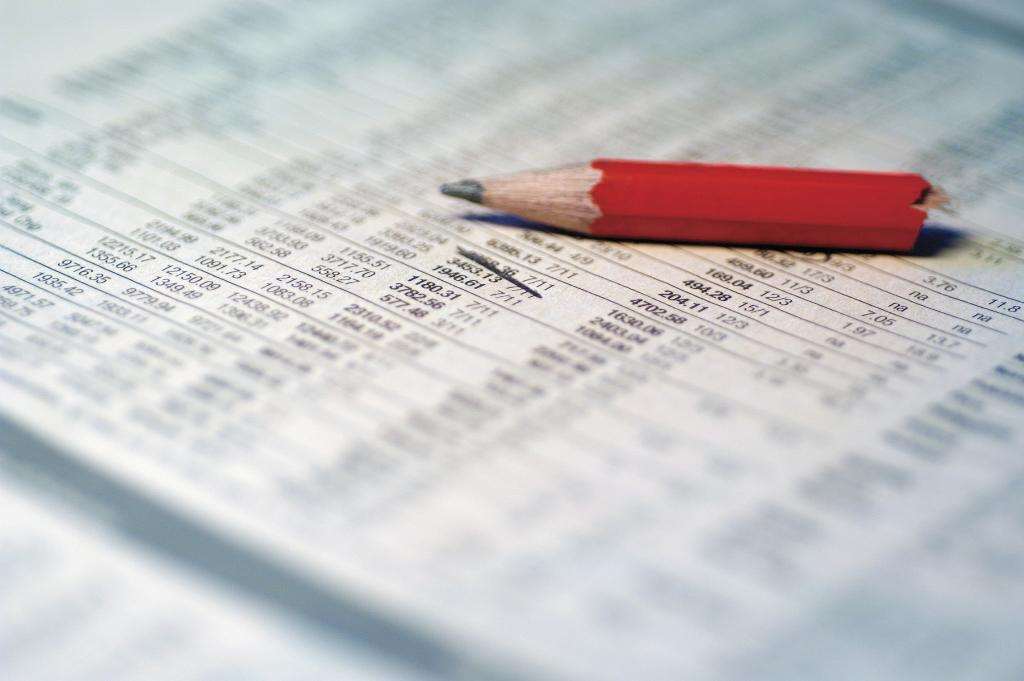Coin Flips Are Biased
Experimental result:
Many people have flipped coins but few have stopped to ponder the statistical and physical intricacies of the process. In a preregistered study we collected 350,757 coin flips to test the counterintuitive prediction from a physics model of human coin tossing developed by Persi Diaconis. The model asserts that when people flip an ordinary coin, it tends to land on the same side it started—Diaconis estimated the probability of a same-side outcome to be about 51%.
And the final paragraph:
Could future coin tossers use the same-side bias to their advantage? The magnitude of the observed bias can be illustrated using a betting scenario. If you bet a dollar on the outcome of a coin toss (i.e., paying 1 dollar to enter, and winning either 0 or 2 dollars depending on the outcome) and repeat the bet 1,000 times, knowing the starting position of the coin toss would earn you 19 dollars on average. This is more than the casino advantage for 6 deck blackjack against an optimal-strategy player, where the casino would make 5 dollars on a comparable bet, but less than the casino advantage for single-zero roulette, where the casino would make 27 dollars on average. These considerations lead us to suggest that when coin flips are used for high-stakes decision-making, the starting position of the coin is best concealed.
Boing Boing post.
Sidebar photo of Bruce Schneier by Joe MacInnis.






 " title="
" title="
